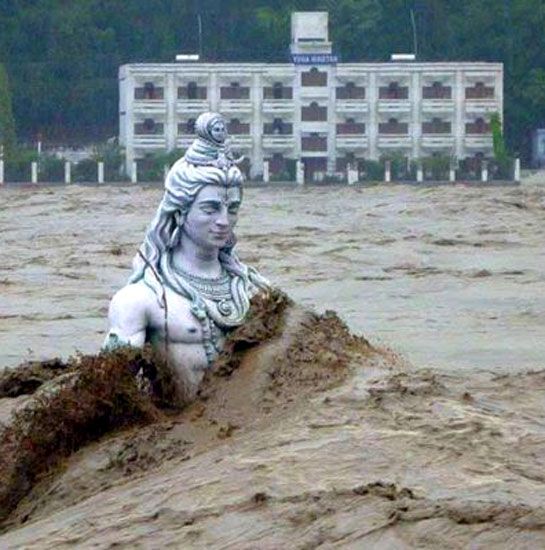 A global failure to respond to climate changes could result in about 8.7 per cent economic loss in India's Gross Domestic Product (GDP) by 2100, Asian Development Bank said.
A global failure to respond to climate changes could result in about 8.7 per cent economic loss in India's Gross Domestic Product (GDP) by 2100, Asian Development Bank said.
"India, one of the largest agrarian economies in the world, is deeply at risk from climate change, and could see economic losses of up to 8.7 per cent of its gross domestic product (GDP) by 2100 if the world fails to respond to a host of climate threats, the Manila based multi-lateral funding agency said in a report.
Report titled 'Assessing the Costs of Climate Change and Adaptation in South Asia' predicts Bangladesh, Bhutan, India, the Maldives, Nepal and Sri Lanka will see an average annual economic loss of 1.8 per cent of their collective GDP by 2050, rising sharply to 8.8 per cent by 2100.
"Without changes to current global behavior, India would see economic losses equivalent to 1.8 per cent of annual GDP by 2050, widening to 8.7 per cent by the end of the century."
But if mitigation and adaptation steps are taken to keep the temperature rise below 2 degrees Celsius, the damage could be kept below 2 per cent by 2100, it said.
"Agriculture provides employment and livelihood opportunities to most of India's rural population and changes in temperature and rainfall, and an increase in floods and droughts linked to climate change, would have a devastating impact on people's food security, incomes, and lives," said Bindu Lohani, ADB Vice-President for Knowledge Management and Sustainable Development.
Changes in rainfall patterns are likely to benefit rice output in most north-eastern states, however southern states could see annual yields decline by 5 per cent in 2030s, 14.5 per cent in 2050s, and 17 per cent in 2080s.
"The country has 8,000 km of coastline and nearly half the country's 28 states could face serious consequences from a rise in the sea level, with Gujarat expected to suffer the highest level of inundation, and Maharashtra the largest number of affected people," as per the report.
With glacial and snow retreat in the Himalayas, many of the semi-arid mountains, inhabited by some 170 million people, will lose some of their local springs and streams, essential to villages and livestock grazing.
Higher temperatures and prolonged droughts will put immense strain on limited water resources and increase competition between agriculture and energy sectors.
The cost of climate change adaptation in South Asia will depend largely on how the global community tackles the issue. "...if the world continues on its current path, South Asia will need to spend at least $73 billion, or an average of 0.86 per cent of its GDP, every year between now and 2100 on adaptation measures," it said.
On the other hand, if countries act together to keep the rise in global temperatures below 2.5 degree Celsius, the cost of shielding the region from the worst of the impacts would be nearly halved to around $40.6 billion, or 0.48 per cent of GDP," it said.










 © 2025
© 2025